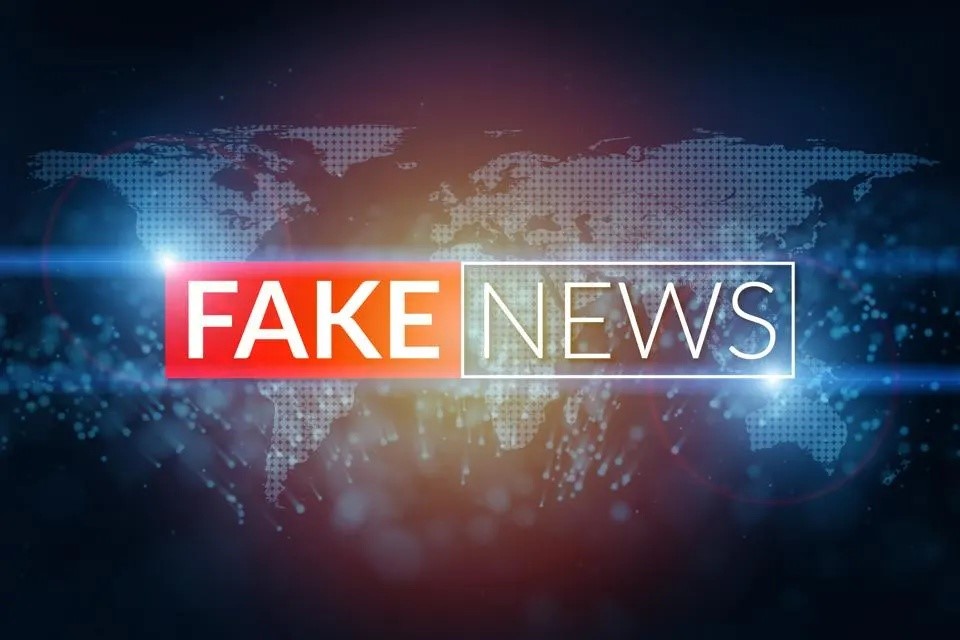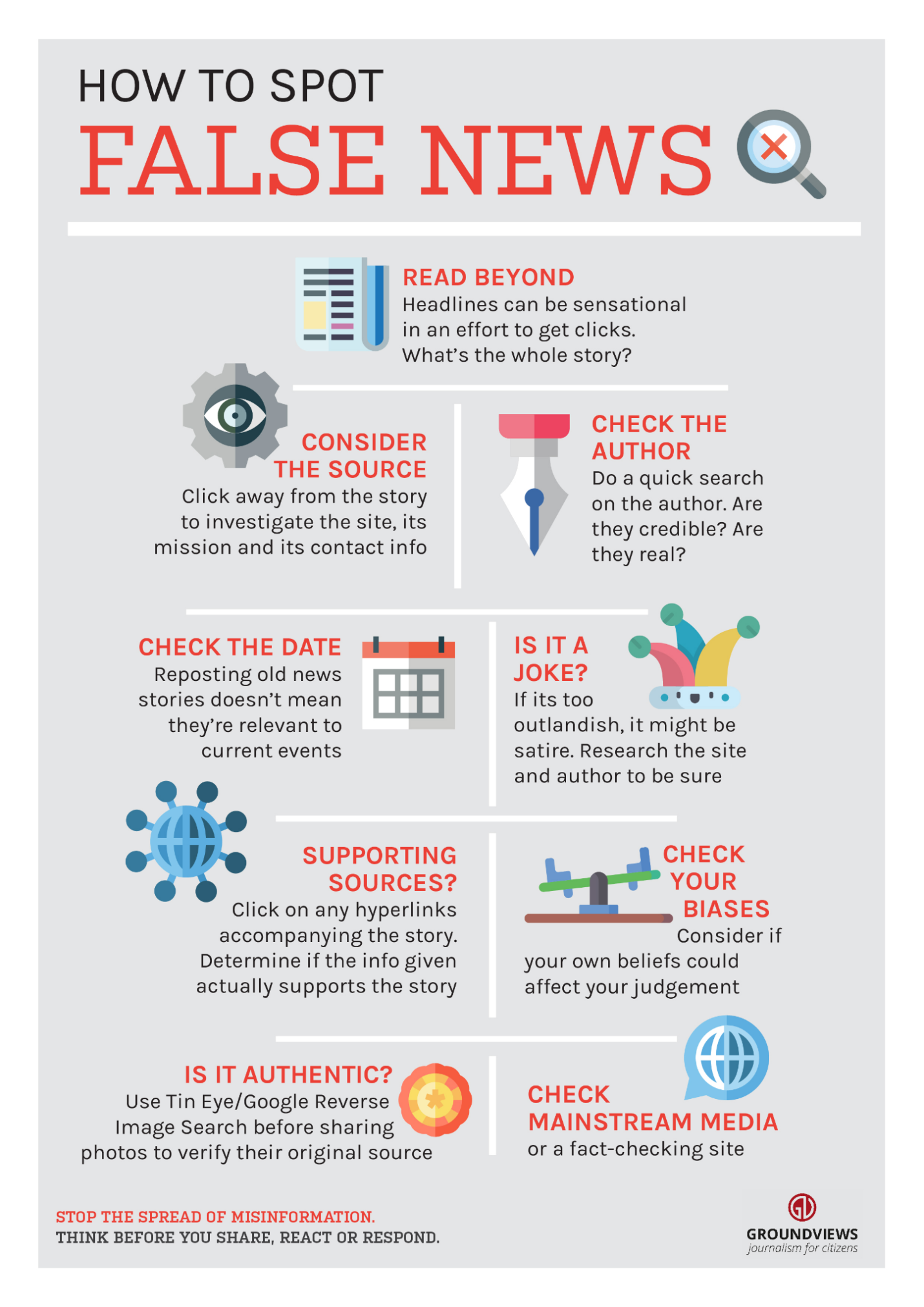Free Courses Sale ends Soon, Get It Now


Free Courses Sale ends Soon, Get It Now



Copyright infringement not intended
Picture Courtesy: https://www.forbes.com/sites/bryanrobinson/2020/10/17/a-new-study-shows-fake-news-may--benefit-your-memory/?sh=66e5627b2687
Context: Fake news, defined as the spread of false or misleading material without verifiable facts, sources, or quotes, presents a serious danger to electoral integrity, particularly during the Lok Sabha elections in India. It can be intentionally created to mislead or manipulate public opinion, for a variety of purposes ranging from propaganda to sensationalism.
|
Background ●Fake news has a long history but has gained significant attention in the digital age due to its rapid circulation through online platforms. With the rise of social media and digital connectivity, misinformation can now reach millions of people within seconds, amplifying its potential impact. ●The term "fake news" became especially prominent during the 2016 U.S. presidential election when false information circulated widely on social media platforms. Since then, concerns about the spread of fake news have grown globally, prompting efforts to address this phenomenon. |
Impact of fake news
Challenges
Steps Taken by India
Despite these efforts, the fight against fake news is far from over. Here are some of the ongoing challenges:
Way Forward

Conclusion
Must Read Articles:
FAKE NEWS: https://www.iasgyan.in/ig-uploads/pdf/fake_news_1_Images_(1).pdf
FAKE NEWS: https://www.iasgyan.in/ias-gazette-magazine/perspective-fake-news
Source:
The Hindu
Indian Express
|
PRACTICE QUESTION Q. Deepfakes, which use artificial intelligence to create convincing but fake videos, are becoming increasingly sophisticated. How to stay informed about the latest deepfake techniques and develop strategies to identify potentially manipulated audio and video content posing as real news? |
© 2024 iasgyan. All right reserved